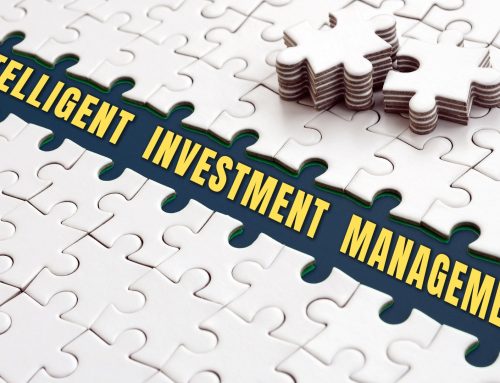
Letter to My Daughters: On Stocks and Bonds
We’ve looked at planning and goal setting, identifying and defining risk, and what it takes to earn a living and generate sufficient income that you can start saving. But what can you do with your money once you’ve earned it and NOT spent it?
You can lend the money to someone (who will use that loan to make money of their own), or you can own a piece of something (hopefully something productive). That’s it. Everything offered as an investment product or investment vehicle is derived from either lending or owning, or some combination of the two.
Loans are things like bank deposits, municipal bonds, corporate bonds, government bonds, and some types of insurance annuities. Loans usually have a fixed amount of time in which you will be paid back, and a fixed interest rate that you will earn for that period of time. Ownership can take lots of different forms; you can own land, art, jewels, and precious metals. It’s also possible to own parts of businesses and companies through the stock market.
As an investor, I normally prefer owning to lending. If I lend money to someone, they are using the money to build or produce something that they can sell for more than they are paying me. And if they can borrow that money from someone else cheaper, they will. So the borrower is essentially working against the lender, and I would prefer to have someone working with me and not against me.
Which is where ownership can be useful. But even with ownership, you have to be selective. I don’t own non-productive assets like art, jewels, or precious metals. I prefer to own companies that are generating profit, or farmland, or commercial property. Assets that are productive and generate a flow of cash that can be reinvested, either by me or by the people I’ve hired to manage the asset. But even when I find good, productive assets to own, I have to be careful not to pay too much for them. Paying too much for a good asset turns it into a bad investment.
It’s also important to note that in general, ownership earns you greater returns than lending, particularly over periods of time measured in years and decades. It makes sense if you think of it in terms of incentives; whoever runs or manages your productive asset works for you, the owner, and against whoever lent you money. Management works to pay down debt (against the lender) and increase productivity (for the owner).
So investing in stocks represents ownership, investing in bonds represents lending. The prices of both stocks and bonds can go up and down every day, but stock prices are usually much more volatile than bond prices. That volatility gives rise to increased short-term risk that your stock won’t sell for as much today as it did yesterday, and so you can lose money on the volatility. This is why stocks are often portrayed as riskier than bonds, but as we’ve discussed, risk is also a function of time.
Typically, I’m using my savings to reach future long-term goals, so my investments are normally, and primarily, in owning pieces of companies that are well run, profitable, and productive. In other words, I own stocks, not bonds.
Let me know how I can help.
The opinions expressed are those of Muhlenkamp and Company and are not intended to forecast future events, guarantee future results, or offer investment advice.
Investing involves risk. Principal loss is possible.








